- Key Takeaways
- Understanding the Ruderalis Weed Plant
- Origins of Cannabis Ruderalis
- Distinctive Features of Ruderalis Plants
- The Auto-Flowering Trait
- Popular Cannabis Ruderalis Strains
- Benefits of Cultivating Ruderalis Hybrids
- Medicinal Uses of Ruderalis Weed
- Potential Drawbacks of Ruderalis Plants
- Integrating Ruderalis Genetics into Breeding Programs
- Summary
- Frequently Asked Questions
Curious about the ruderalis weed plant? This cannabis plant variety is known for its compact size, resilience, and unique auto-flowering ability. Unlike sativa and indica, ruderalis plants flower based on age. This article explores these traits and the benefits of growing ruderalis and CBD flowers.
Key Takeaways
- Cannabis ruderalis is a robust and compact species characterized by its auto-flowering trait, allowing it to flower based on age rather than light cycles. This auto flower characteristic is significant in breeding strains that appeal to both recreational and medicinal cannabis markets due to their rapid flowering cycle.
- Ruderalis strains are increasingly cultivated for their rapid growth and adaptability, enabling multiple harvests and suitability for various environmental conditions.
- Despite lower THC levels, ruderalis strains are recognized for their medicinal benefits, particularly due to higher CBD content, making them useful for treating specific medical conditions.
Understanding the Ruderalis Weed Plant
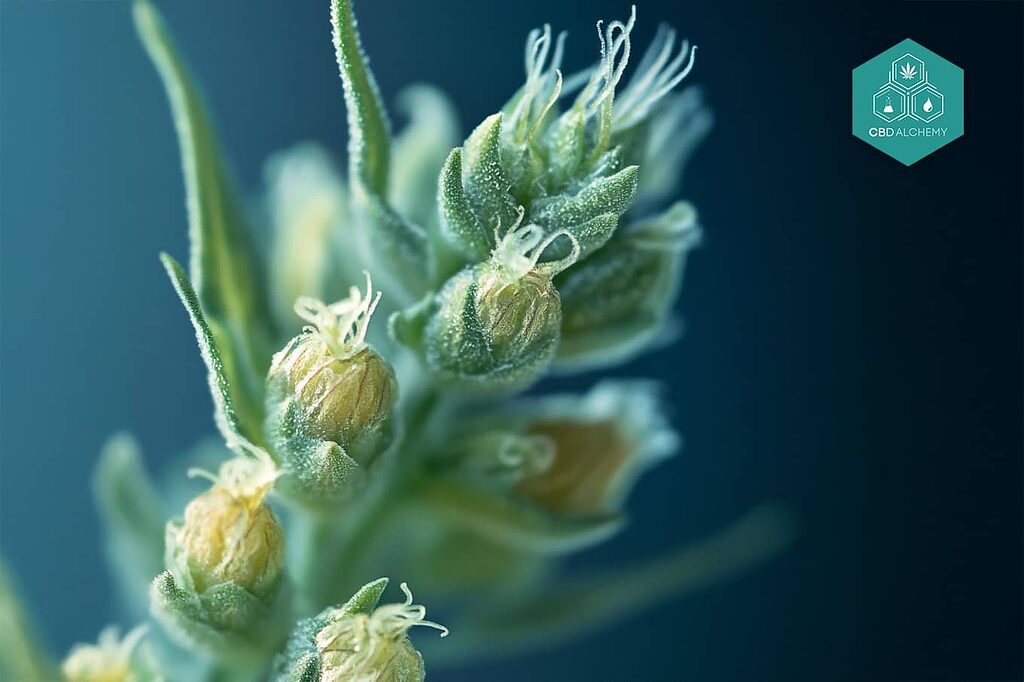
Cannabis ruderalis is a durable and diminutive variant believed to have evolved in Central Asia, particularly within Mongolia and the southern regions of Siberia. This plant differs from its more recognized relatives, cannabis sativa and cannabis indica, as it originates from the heartland of Central and Eastern Europe, as well as parts of Russia. It flourishes even in environments that might prove challenging for other species within the cannabis genus. The designation ‘ruderalis’ traces back to a Latin term meaning ‘weedy’, reflecting this plant’s ability to withstand harsh conditions.
Distinct among its cousins—cannabis sativa plants and their indica and sativa counterparts—the auto-flowering characteristic of ruderalis enables it to initiate blooming based on maturation instead of being dependent on photoperiods. This quality holds appeal for cultivators seeking an easier management routine. With stature ranging between one foot to two-and-a-half feet tall, these compact plants showcase slender leaves compared with those found on sativa or indica variants—a feature contributing distinctively visual differentiation amongst diverse types such as Cannabis ruderalis present within the rich tapestry that is cannabis.
Although not nearly as renowned as their indicas or sativas kinfolk—and amidst active discussions by botanists about whether Cannabis Ruderalist should be classified distinctly either at species level or subspecies tier—it commands attention due both to its toughened nature well-suited for breeding efforts aimed at enhancing resilience across strains cultivated by breeders intrigued with expanding their horticultural repertoires through infusion with novel attributes provided by rugged lineages like that offered by intriguingly adaptive ruderalis elements. Indica plants, for instance, typically feature seven-point leaves and a bushy appearance, which contrasts with the more slender leaves of ruderalis.
Origins of Cannabis Ruderalis
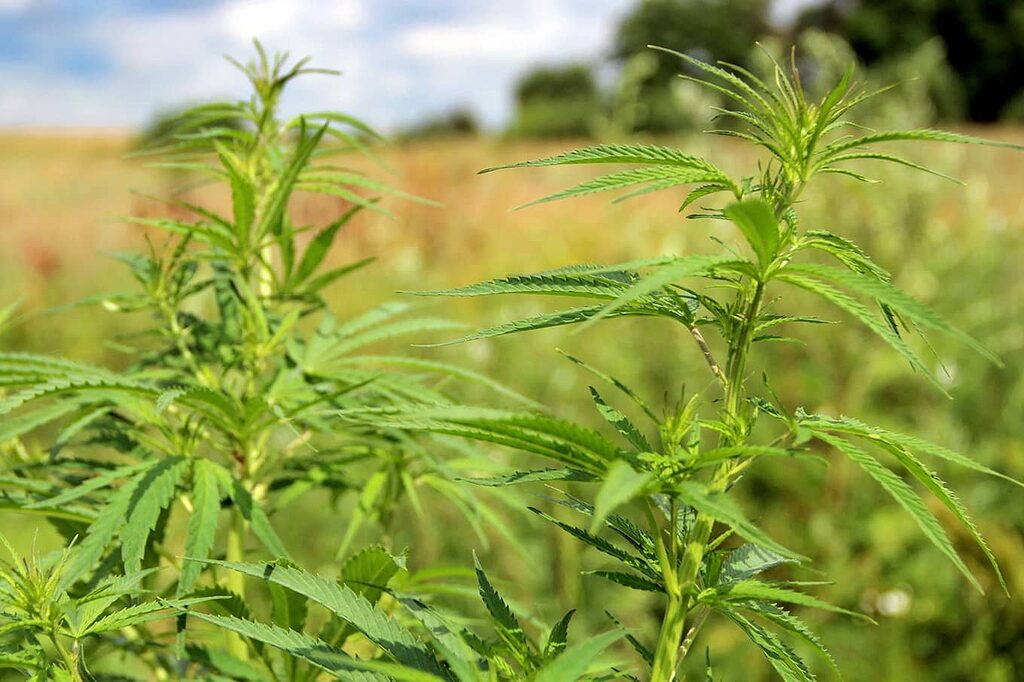
The origin and unique qualities of cannabis ruderalis are as intriguing as the plant itself. This type of cannabis was first recognized by Russian botanist Dmitrij Janischewsky in 1924, who noted its remarkable capacity to prosper in tough soils and extreme environments. It is thought to have come from Central Asia, specifically parts like Mongolia and southern Siberia, where it became accustomed to soil rich in nutrients but still presented formidable living conditions. Cannabis ruderalis is believed to be a descendant of indica genetics, which highlights its adaptation to harsh climates and shorter growing seasons in northern regions.
Ruderalis has an evolutionary background linked with significant human disruption, leading to its tenacious nature and versatile adaptation skills. These properties have garnered attention from cannabis breeders who see value in creating hearty and adaptable strains that can survive a range of climatic challenges with minimal maintenance.
Distinctive Features of Ruderalis Plants
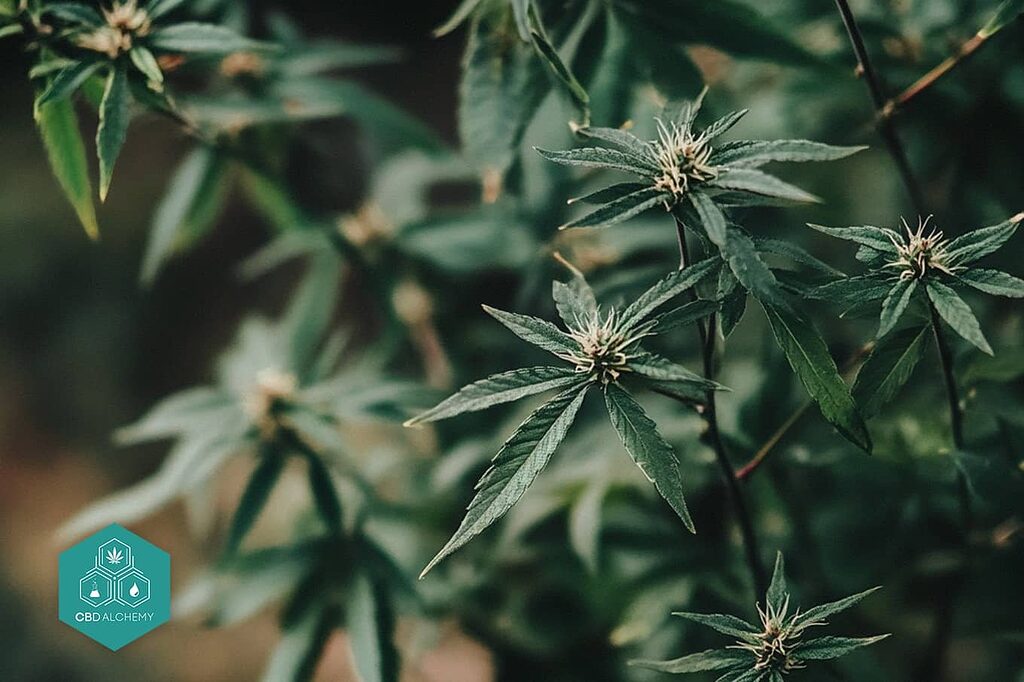
Ruderalis cannabis plants are known for their diminutive stature, typically reaching a height of only 1 to 2.5 feet, with some barely growing taller when they begin to flower. Their small size makes them particularly suitable for growers seeking discretion or those who have restricted cultivation areas. Ruderalis varieties tend to possess thinner leaves than the more commonly recognized wide leaves found in sativa and indica cannabis strains.
The plant structure of ruderalis is defined by its thick and sturdy stems that provide resilience against harsh conditions that might impede other types of cannabis from thriving well. These distinctive physical attributes not only make ruderalis easily distinguishable, but also allow it to excel in various environments due to its hardiness.
A remarkable aspect of ruderalis plants lies within their intrinsic auto-flowering capability which eases the growing process substantially as this trait does not require alteration in light cycles like other species do. It’s precisely because of this innate auto-flowering characteristic that ruderalis genes play an integral role in breeding hybrid cannabis strains. They impart this advantageous feature into new cultivars developed for novice and experienced growers alike.
The Auto-Flowering Trait
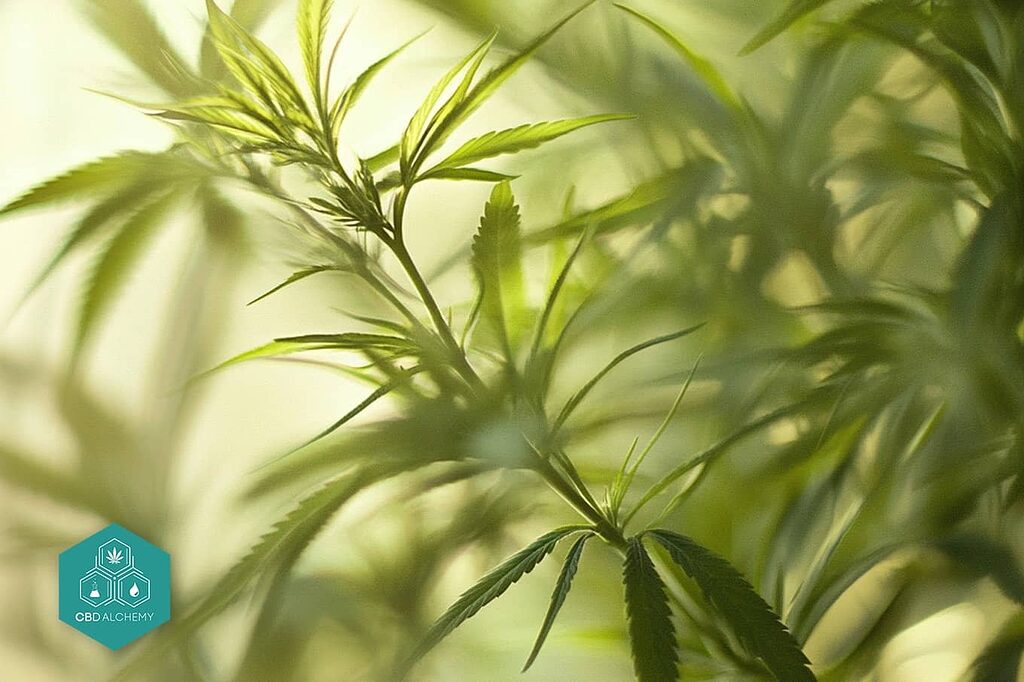
Cannabis ruderalis is distinguished primarily by its auto-flowering characteristic. In contrast to sativa and indica strains that require changing light schedules to initiate their flowering phase, ruderalis varieties enter this stage based on maturity rather than light exposure. Ruderalis possesses an internal timing mechanism which prompts it to commence flowering automatically without the need for specific lighting adjustments. This auto flower trait is significant in breeding strains that appeal to both recreational and medicinal cannabis markets due to their rapid flowering cycle.
For cultivators, the presence of the auto-flowering trait in ruderalis significantly streamlines the growing process. Independent of daylight variations, these plants start producing flowers roughly five to seven weeks into their growth cycle. Their quick progression into bloom coupled with a brief life span—taking only 7 to 9 weeks from planting a seed until harvest—establishes them as particularly expedient for farming purposes.
The ability of cannabis ruderalis plants to flower autonomously not only spares growers from adhering to closely managed lighting patterns, but also enables swift maturation perfectly suited for environments with shorter periods suitable for cultivation and fluctuating climate conditions. Consequently, they are exceptionally well-suited candidates for outdoor grow operations in areas where weather consistency cannot be guaranteed.
Popular Cannabis Ruderalis Strains

Numerous strains of cannabis ruderalis have risen to prominence owing to their distinctive features and advantages. Leading the pack in the realm of cannabis ruderalis strains are names like Northern Lights Auto, White Widow Auto, and Lowryder. These particular varieties were crafted by blending the desirable qualities of both sativa and indica genetics with those innate to ruderalis, producing sturdy hybrid cultivars that not only flourish with ease but also deliver an array of benefits.
Each variety brings its own appealing characteristics to the table for growers and consumers alike. We will delve deeper into these acclaimed ruderalis strains beginning with Northern Lights Auto in our forthcoming detailed examination.
Northern Lights Auto
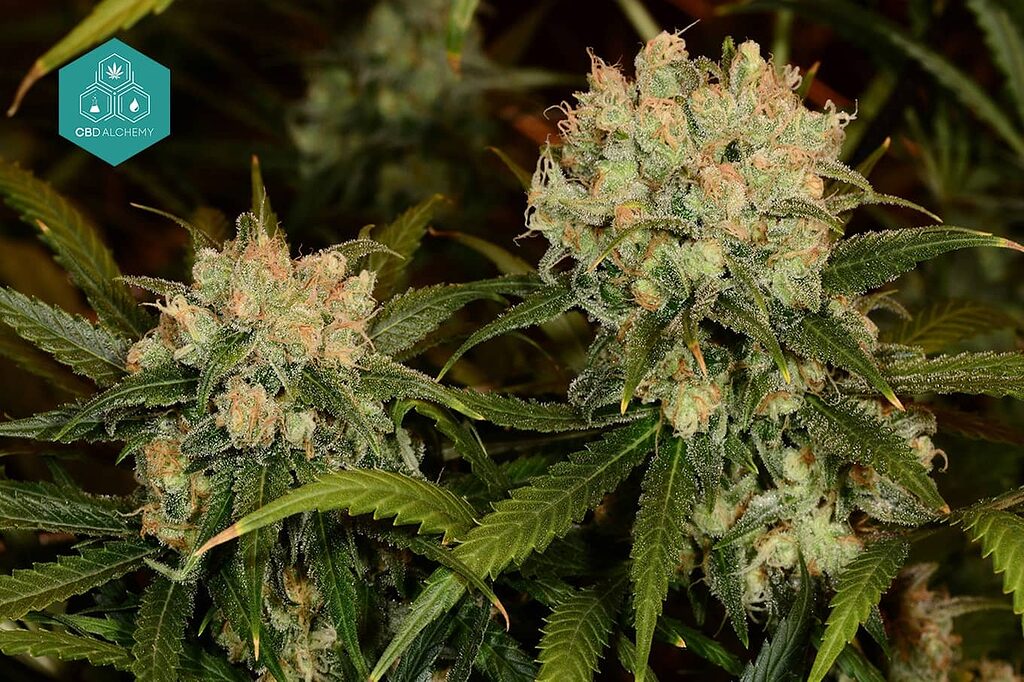
Northern Lights Auto, a revered hybrid cannabis variety, embodies the fusion of photoperiod and auto-flowering characteristics. This melding renders it adaptable to diverse cultivation settings. Its robustness and equilibrium in effects have garnered favor with cultivators at all expertise levels.
The intoxicating experience induced by Northern Lights Auto is marked by potent indica influence, which ushers in an intense relaxation suited for nighttime consumption. As a hybrid, its versatility allows it to prosper across varied climates, assuring cultivators of consistent and formidable yields.
White Widow Auto
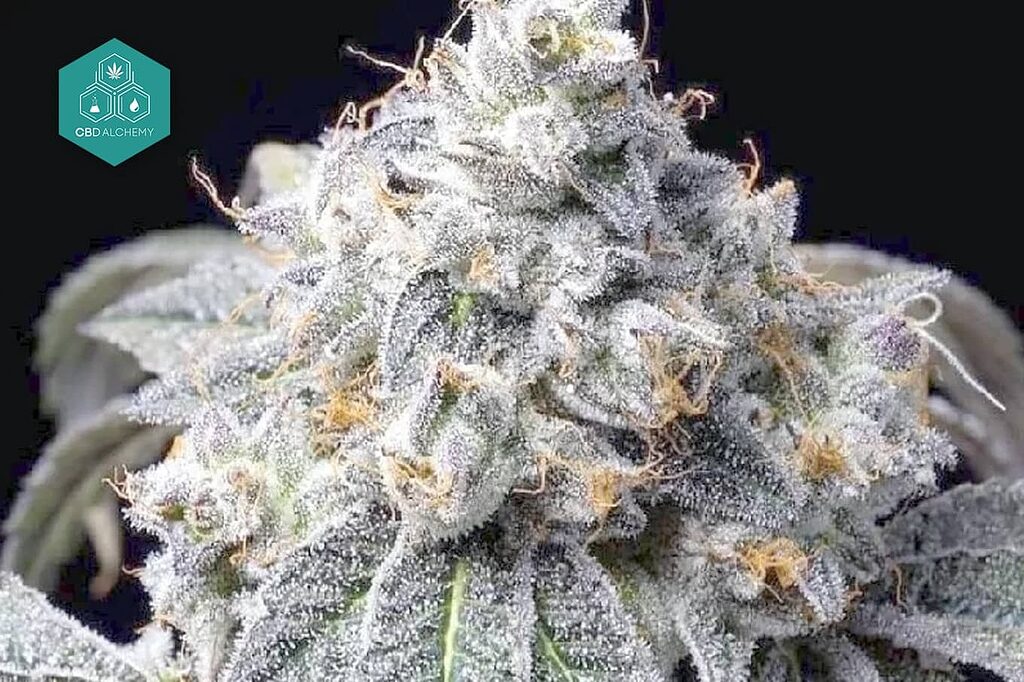
The White Widow Auto strain, a well-known member of the cannabis ruderalis family, is respected for its potent impact and easy-to-manage cultivation traits. It provides an even blend of sativa and indica influences, allowing it to be adaptable for multiple purposes.
Renowned for simple cultivation requirements, this strain caters equally to novice and seasoned growers. The auto-flowering characteristic of White Widow Auto streamlines the growing cycle, facilitating a bountiful yield with minimal hassle.
Lowryder
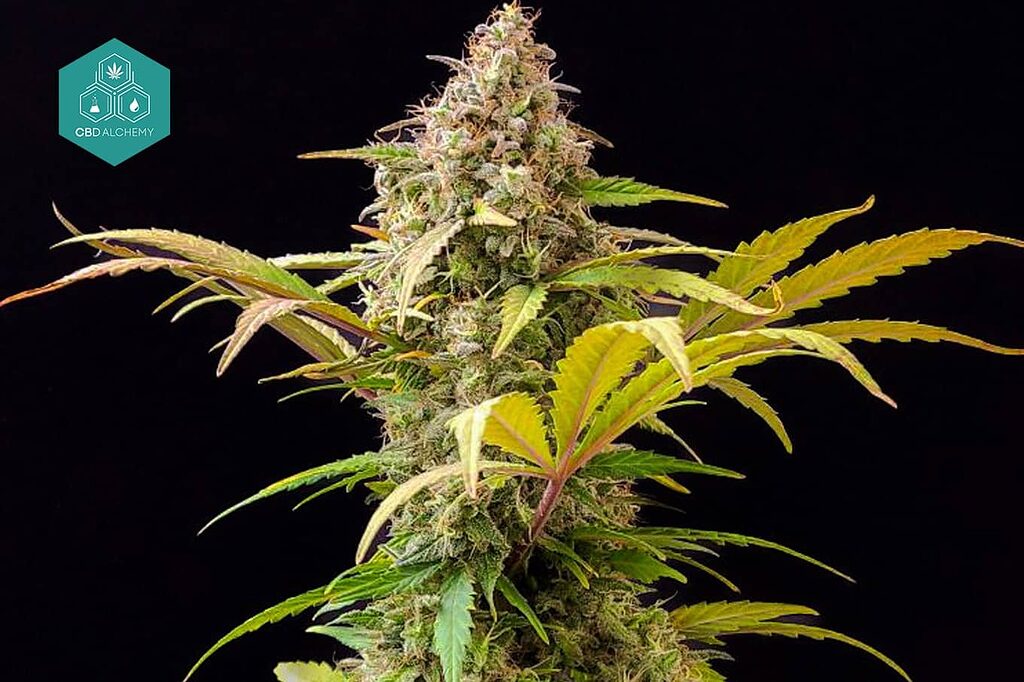
One of the pioneering auto-flowering strains in cannabis cultivation is Lowryder, which was selectively bred for its swift development and expedited harvesting timelines. This strain’s diminutive stature renders it exceptionally suitable for confined areas or clandestine growing operations.
With a rapid life cycle, Lowryder achieves full maturity between 7 to 9 weeks following seed germination. This capacity for quick turnover allows cultivators to enjoy several yields within a single growing season. Such productivity and straightforward growth requirements have solidified Lowryder as a favored option among growers who prioritize speed and dependability in an auto-flowering cannabis strain.
Benefits of Cultivating Ruderalis Hybrids
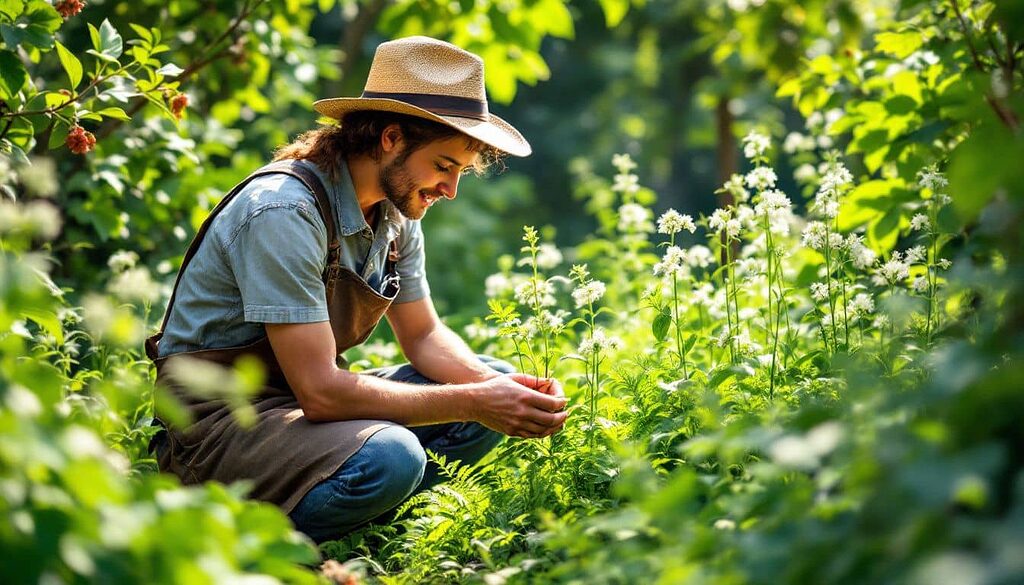
Growing hybrids of cannabis ruderalis provides several advantages, especially for cultivators aiming for quick and productive harvests. Typically, ruderalis plants reach full maturity rapidly—in about five to seven weeks from seedling to flowering—compared to conventional cannabis strains. This swift growth cycle permits multiple harvesting opportunities within a single growing season, enhancing both yield and operational efficiency.
The hardiness of ruderalis makes it well-suited to a variety of environmental settings, allowing them to flourish outdoors even in areas with unpredictable climates. Thanks to the auto-flowering characteristic inherent in the ruderalis species, growers can maintain a versatile cultivation timetable that accommodates different weather conditions.
Crossing ruderalis with other types of cannabis has resulted in the creation of hybrid strains that boast significant enhancements in potency as well as productivity. These robust hybrids are not only straightforward for cultivators, but also produce top-quality cannabis capable of enduring challenging environments.
Medicinal Uses of Ruderalis Weed

The medicinal advantages of ruderalis strains are becoming more acknowledged, largely because they contain elevated levels of CBD. This aspect renders them particularly useful for medical purposes as they can impart therapeutic effects without inducing strong psychoactive reactions. These strains have been found to be effective in addressing certain health conditions including muscle spasms, migraines, and sleep disorders.
The pain-relieving qualities inherent in the ruderalis varieties make them a compelling choice for those seeking non-traditional methods to manage chronic pain. The incorporation of ruderalis genetics into medicinal cannabis has contributed to creating new varieties that deliver helpful benefits while minimizing mind-altering effects. Consequently, these are increasingly preferable for wider medical use due to their suitability across various applications.
Potential Drawbacks of Ruderalis Plants
Ruderalis plants are often overlooked due to certain limitations, particularly their inherently low THC content. This trait renders them less desirable for users pursuing strong psychoactive experiences, thus diminishing their popularity in the recreational market.
Compared to sativa and indica strains, ruderalis varieties typically exhibit lower CBD levels. Although this may be seen as a disadvantage by some individuals, others prefer these strains for their ability to alleviate anxiety without exacerbating it – offering a more subdued experience suitable for those not seeking intense effects.
Integrating Ruderalis Genetics into Breeding Programs
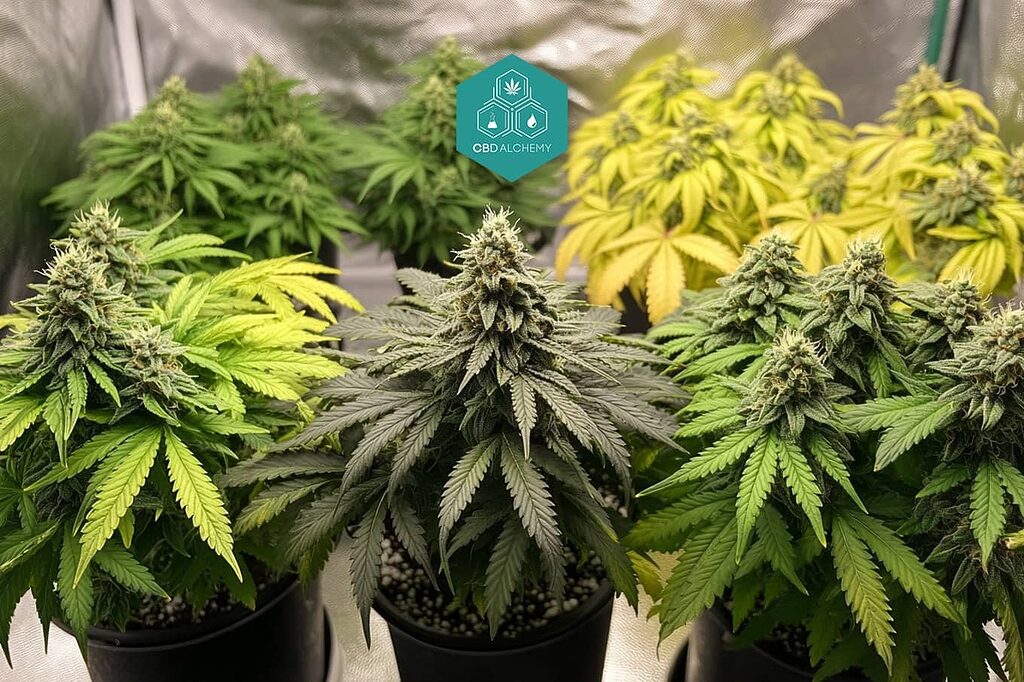
The combination of ruderalis and indica genetics has been a game-changer in the creation of auto-flowering hybrid strains. These hybrids benefit from the short growth cycle characteristic of ruderalis varieties, making them more adaptable and appealing due to their rapid maturation. By incorporating genetics from either sativa or indica strains with those from ruderalis, breeders are able to cultivate new variants that offer a well-rounded balance between THC and CBD levels suited for both recreational enjoyment and therapeutic use.
Incorporating genes from ruderalis into cannabis breeding endeavors has significantly elevated the quality in terms of potency and taste among auto-flowering plants, boosting their popularity within the marketplace. Their resilience under challenging environments coupled with straightforward cultivation methods renders these hybrids indispensable assets within any selective breeding plan aimed at augmenting yields while sustaining consistent expression of desired traits through successive generations leveraging hardy ruderalis inheritance.
Summary
Cannabis ruderalis contributes significantly to the cultivation landscape of cannabis, providing distinctive advantages. This variety is prized for its robustness, natural auto-flowering capabilities, and flexibility, appealing to both cultivators and plant breeders. Renowned strains such as Northern Lights Auto and White Widow Auto embody ruderalis’ immense adaptability and serve as a testament to the potential inherent in this extraordinary species.
The combination of medicinal properties with an uncomplicated growth process and swift maturation period positions ruderalis as a pivotal element in creating new superior cannabis varieties. With the continuous expansion of the cannabis sector, leveraging ruderalis genetics within breeding endeavors is poised to spawn even more groundbreaking and premium quality strains.
Frequently Asked Questions
What is the main difference between cannabis ruderalis and other cannabis species?
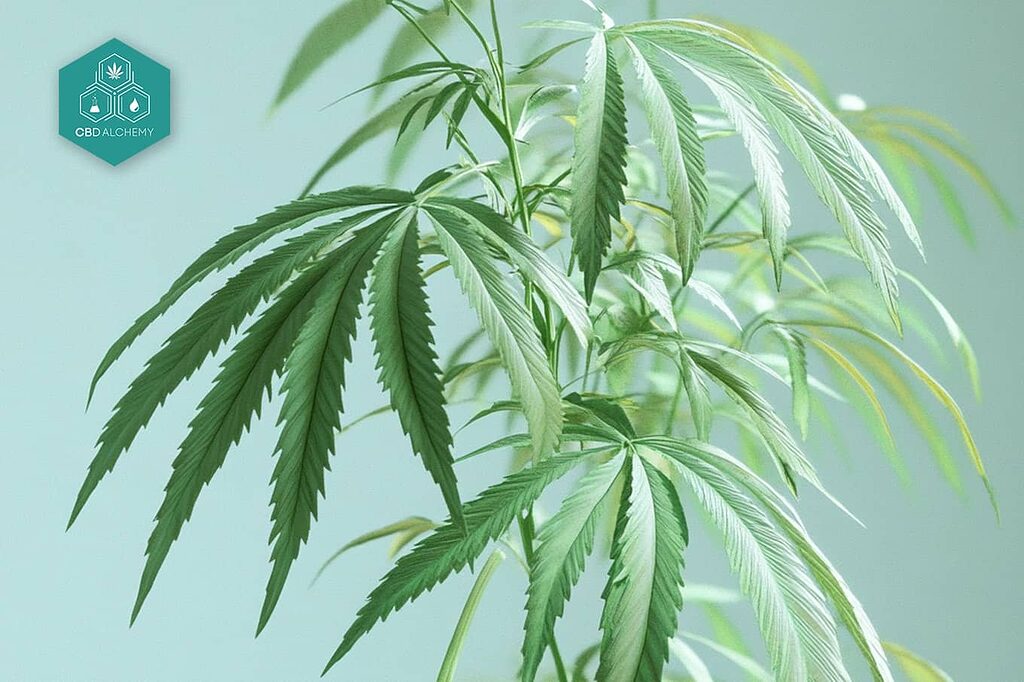
Cannabis ruderalis is notably differentiated from other cannabis species by its unique auto-flowering characteristic, which allows it to enter the blooming phase according to its age rather than being dependent on changes in light cycles.
This auto-flowering quality distinguishes ruderalis as a one-of-a-kind type within the various cannabis species.
What are the benefits of growing ruderalis hybrids?
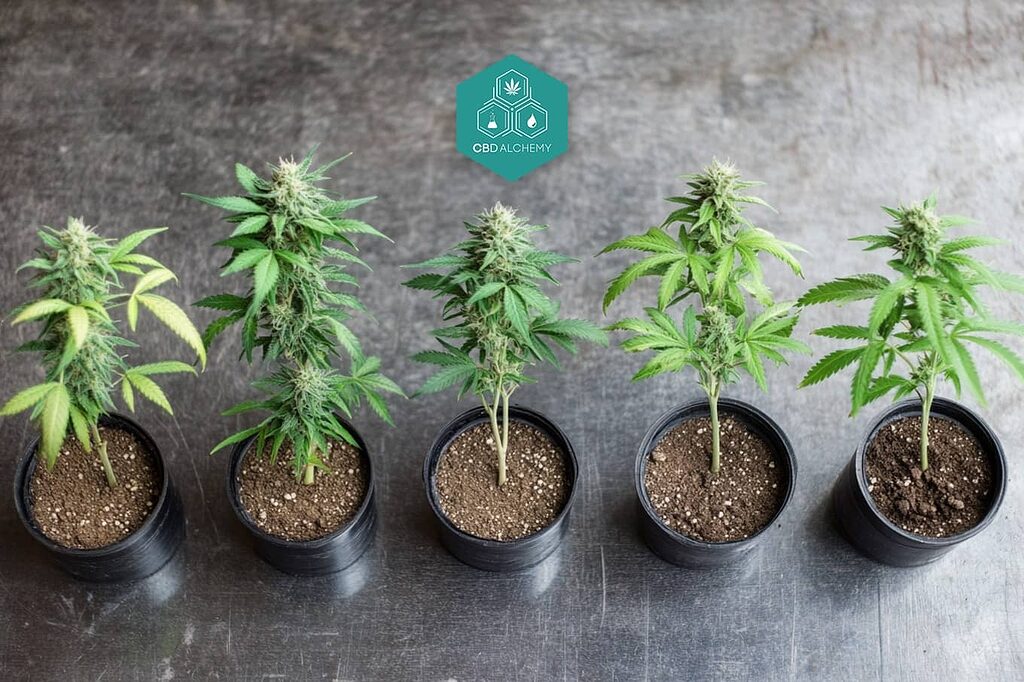
Cultivating hybrids of ruderalis offers the benefit of swift growth periods and versatility in different weather conditions, which permits several cropping opportunities within one growing season.
Such cultivation practices greatly increase yield effectiveness and boost total production output.
Are ruderalis strains suitable for medicinal use?

Ruderalis strains are suitable for medicinal use because they typically have high CBD levels and provide therapeutic benefits without significant psychoactive effects.
What are some popular ruderalis strains?
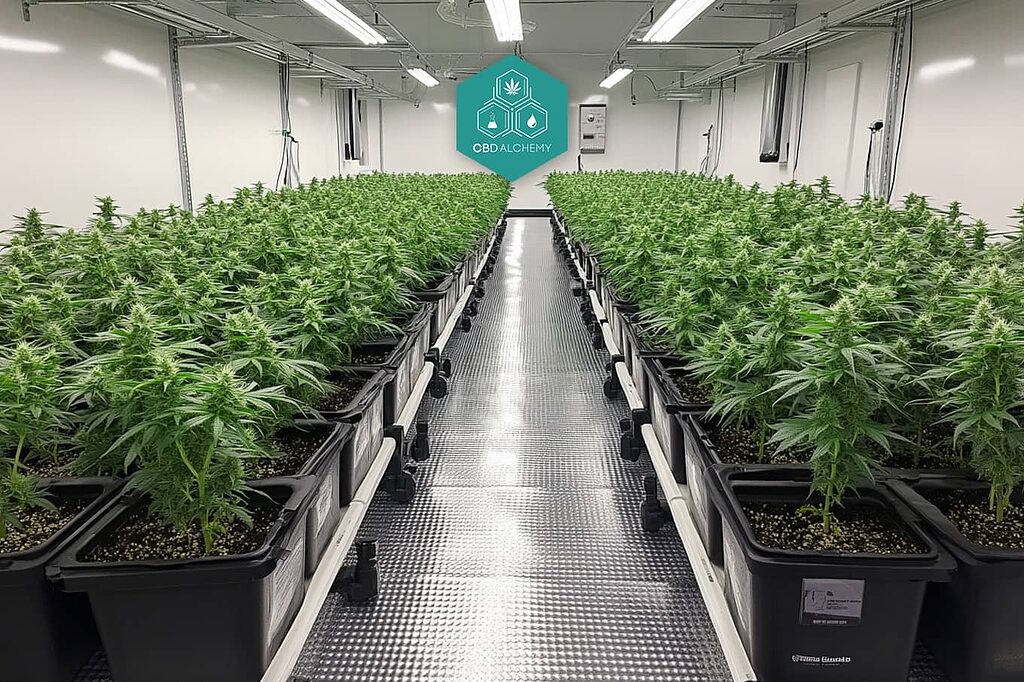
Popular ruderalis strains include Northern Lights Auto, White Widow Auto, and Lowryder, which are known for their adaptability and ease of cultivation.
These strains offer a great option for growers seeking auto-flowering varieties.
What are the potential drawbacks of ruderalis plants?
Ruderalis plants are often considered less desirable due to their comparatively low THC and CBD content, making them not as attractive for recreational or medical use.
This inherent characteristic can influence the appeal of ruderalis among cannabis consumers.






